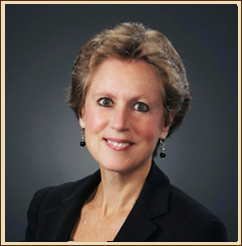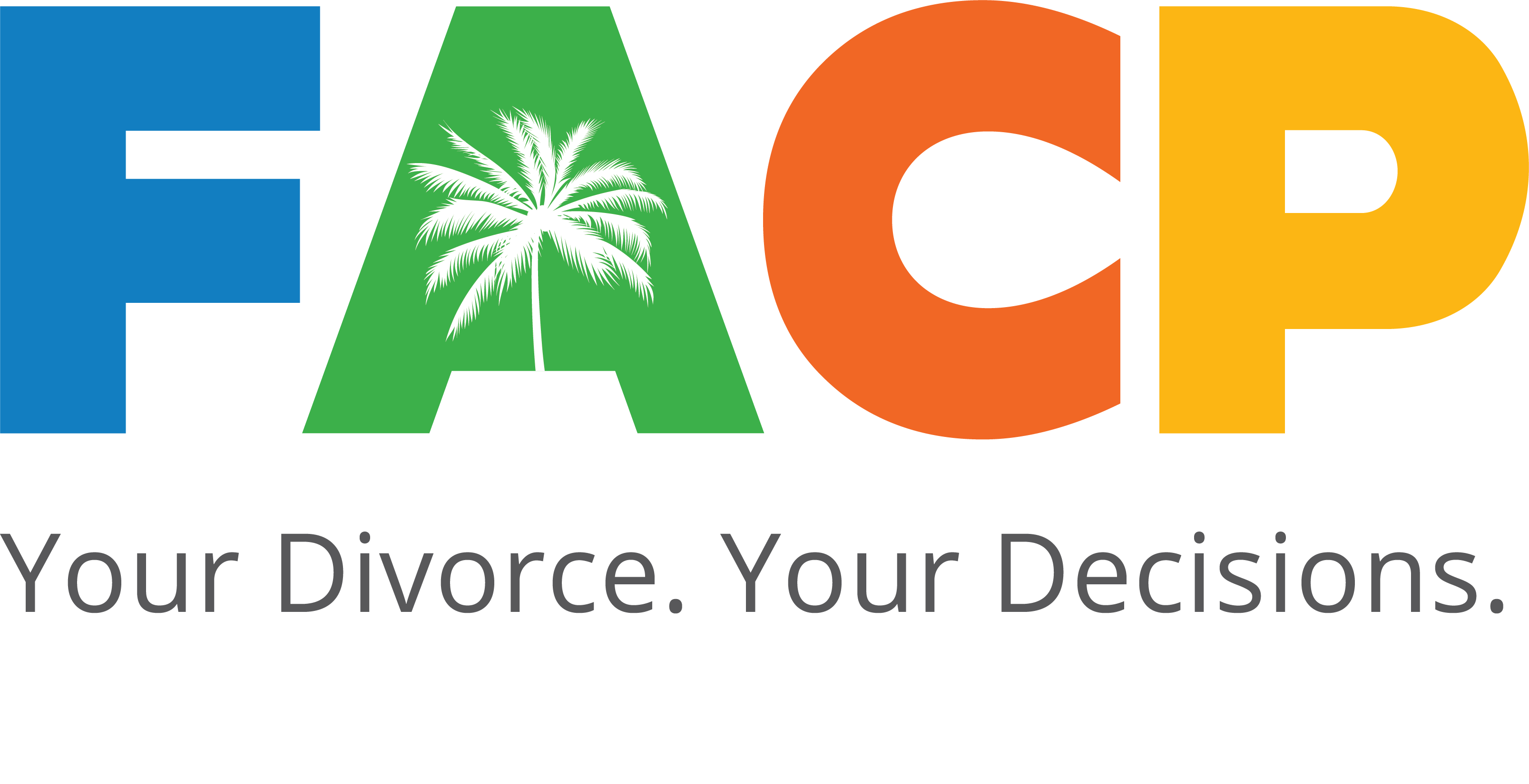Collaborative Spotlight: Linda Wray
Collaborative Family Law dates back to 1990 and it serves as an alternative to adversarial divorce. It’s gaining popularity nationally, as well as internationally.
In this article, we are interviewing Linda Wray, who has a passion for Collaborative Law. Linda practices family law as a Collaborative attorney, mediator and litigator. She has had her own firm since 1995.
Linda is the current president of the IACP, the International Academy of Collaborative Professionals, and has been a leader in Collaborative Law for over a decade…
- Chairing or co-chairing the Protocol committee since its inception in 2005
- Pioneering a large-scale research study conducted by the IACP from 2006-2010
- Chairing or co-chairing the Ethics and Standards Committee for several years
- Co-chairing the Collaborative Law Committee of the American Bar Association, working with that Committee for approval of the Uniform Collaborative Law Act (which provides consistency from state to state regarding enforceability of Collaborative law agreements and confidentiality of communications in the process)
And this is just part of her resume! As you can imagine… Linda is recognized as an accomplished attorney… and has been named to the Minnesota Super Lawyers List every year since 2003.
Our topic today explores the international face of Collaborative Family Law.
Some people may not be familiar with the collaborative process. Can you explain how Collaborative Law differs from mediation and litigation?
Mediation involves a neutral facilitator that helps parties get to an agreement. If issues can’t be resolved, parties go to court for a decision.
Collaborative practice involves a team of professionals, and requires each party be represented by a collaborative attorney, aligned with their own particular client. Collaborative involves a neutral financial professional, who works on the financial aspects of a divorce and a neutral mental health professional who works with emotional dynamics and issues related to children.
In collaborative practice, lawyers cannot go to court. Lawyers sign a contract with their client that in their particular collaborative case, they must withdraw from the case if it does not settle in the collaborative process. The clients must get new lawyers if it goes on to litigation.
We know from research that 85-90% of cases that start in the collaborative process, settle in the collaborative process. But there are some that don’t. In those cases the collaborative attorneys do not go to court.
I want to say a word about the disqualification agreement, what we call the Collaborative Commitment- a commitment of the lawyers not to go to court, which is contractual. This is very, very important. It solves what we call “the prisoners dilemma”… When people don’t know what to expect, they tend to take a stand which is competitive, instead of cooperative.
And that’s what happens in adversarial litigation. You go into it not sure of what the other side is going to do, so you tend to compete. Competition tends to reduce the options available, and can be very costly. Cooperation increases the options available and decreases cost. If parties know at the front end of the case that they are going to cooperate, they tend to reduce costs and that is so important.
Stu Web’s initial vision in starting the collaborative process 25 years ago, was that the lawyers would use their problem solving skills, rather than use their litigation skills. The collaborative process is a process based on the client’s interests, not based on positions.
Once we get that Collaborative Agreement in place, we work on ways to maximize a problem solving process. This decreases the both the financial and emotional costs of divorce. A problem solving approach brings civility, brings respect, dignity and honor to the process.
Interdisciplinary Collaborative Training helps attorneys make this important shift from competition to cooperation, the shift to finding mutually agreeable solutions, rather than forcing an uncompromising position. The mental health professional and financial professional take on very important roles, and lawyers let go of some of those responsibilities. Generally, the financial professional has better skills than the attorney to deal with the financial aspects of the divorce. And having one neutral professional handling the finances (gathering and summarizing data) instead of two lawyers decreases the cost.
Collaborative practice unlike any other process option in the divorce world, really takes relationships into account… the importance of relationships as defined by the clients. Most of them really, really want their kids to be first and foremost. Most clients in divorce want to be good co-parents. Many of them want to have civil, if not friendly relationships with their spouse after divorce, particularly when there are kids involved… to go to birthdays, graduations, weddings, holidays, to have grandchildren together.
The collaborative process embraces those interests and works with clients to maximize their ability to have really healthy relationships… yet not to be unrealistic, because divorce is a very difficult process and we don’t want to put on rose-colored glasses. Not every case ends up with clients having terrific relationships, but the collaborative process allows clients to maximize the possibility of improving relationships. I don’t know if any other process does that.
At the beginning of the case, we discuss what the process is in great detail. Each party’s interests (which do not have to be the same) are heard. Clients hear each other, acknowledge needs and express a commitment to the process, a commitment to settle, to recognize the importance of getting the other persons interests met as well as their own.
The IACP has the basis for specific training to teach collaborative professionals how to do this.
- There are Standards and Ethics with regard to collaborative practice for attorneys, neutral financial professionals, and neutral mental health professionals. Everyone needs training to do collaborative practice.
- There is a big paradigm shift for the mental health professional, who moves from therapist to coach and child specialist in collaborative cases. Mental health professionals do not do therapy with the husband and the wife. Instead they provide a coaching role, facilitative role to work on dynamics and communication issues, and also to understand the interests and voice of the children, so they can help the parents develop a parenting plan.
The collaborative process tends to be very future-focused, and not focused on what went wrong in the past. What we often do in the litigation model is focus on what went wrong, who did this and who did that. But in collaborative, we focus on the future and how can we build a foundation the family needs, with a restructured family system.
IACP has Standards and Ethics which lay the foundation for what it means to be a collaborative practioner:
- What are the ethical principles that one must guide their work by?
- What are the requirements to be a collaborative professional?
- What are the requirements to have a true collaborative case?
These Standards and Ethics are explained in a booklet that the IACP has published. And the IAPC training meets those Standards and Ethics. There are other trainings that professionals put on around the world, as well, and some meet those standards, others don’t. So, it is very important that if a practioner is interested in getting trained, that they find out if that training meets the IACP Standards and Ethics.
Where are the members of the IACP? Can you speak about the global collaborative community?
The IACP has a website, www.collaborativepractice.com and on that website is a wealth of resources including the Standards and Ethics, and who our members are.
There are 27 countries that have IACP members, including:
- Australia, New Zealand, Hong Kong. I don’t believe we have anyone in Malaysia yet, but we are getting there… There seems to be interest in Malaysia.
- Certainly in Europe, England, Germany, France, Italy. Spain is bringing collaborative practice into their country focusing on how that process can be used in non-family cases… cases that involve other kinds of disputes, estate disputes, employment disputes, and the like.
- Brazil is working hard to bring collaborative full force into their country.
- Israel is a relatively new hotbed for collaborative practice. They are doing wonderful things for people of low income.
Countries around the world are members of the IACP, which is exciting and makes connecting with the larger community so very interesting.
One of the things you find if you join the IACP is a dichotomy… On the one hand, the nature of human beings is the same everywhere we go. Divorce is painful in every country globally. And yet, cultures and legal systems are different in every country. It’s such a rich education to connect with collaborative practioners around the world.
So how are members of this global community able to build relationships with each other… to connect across borders?
Collaborative practice has grown like wild fire because of the common human element that affects all of us, all around the world when we are working with people going through divorce. It’s very, very similar. The IACP puts on a networking forum in October each year. This conference usually starts on Thursday and goes through Sunday. It is rich in learning and a wonderful opportunity to connect. This year the conference in Washington DC, celebrating 25 years of “Collaborative Practice”, honored Stu Webb, who started the movement with his wonderful vision in 1990.
In addition, the IACP has been holding Institutes once a year. These are smaller gatherings, with much more in-depth workshops and trainings, and also a great deal of networking. Last year the IACP held an Institute in Italy with 110 participants from Europe, Canada, United States, Southeast Asia.
This past April an Institute was held in Australia with 120-130 participants from Singapore, Australia, New Zealand, Guam, Scotland, Canada, and the United States. We had an amazing training. Australia is on fire for collaborative practice. It was a wonderful experience. The IACP is reaching out to the world, to connect.
In addition to having these trainings and workshops, these networking opportunities, the IACP puts out 2-3 times a year, a Collaborative Review, which is a very thoughtful magazine. We’ve had editions on research in collaborative practice, editions on how to build a practice group in your community. Another edition was on how to make collaborative practice available to those with low incomes. Additionally, we had an edition on the Standards and Ethics of collaborative practice.
What is your vision for the future of Collaborative Law? What makes you hopeful?
We’ve come from a one-man operation to 5,000 members in the IACP, and approximately 40,000 professionals who have been trained by the IACP around the world. We are going to continue spreading globally doing the things we have been doing, protocols, trainings, and the like.
But I think the next 25 years are going to see a deeper, richer attention to who we are as collaborative professionals, and what we need in terms of training to become more effective collaborative professionals who work well in teams… teams of attorneys, mental health professionals, financial professionals. I think we are going to get deeper into team dynamics and even individual, interpersonal skills and awareness and knowledge, so we deliver services to our clients in ways that are richer, deeper.
It is exciting. I have no doubt we will continue growing just like we have in the past 25 years. I am excited about the service we are providing to our clients. I think this is the way to go as a society, the way for us, as professionals, to go as well.
Thank you so much Linda, for sharing your time and wisdom with us today.
For more information about Collaborative Law, you can visit the LinkedIn profile of the Florida Academy of Collaborative Professionals.
If you’re collaborative professional and you’d like to be interviewed, then contact Gladys Marie Clancy, 772-485-5597 or email: Gladys (at) moveonwithoutbitterness (dot) com.
Author: Gladys Marie Clancy is a communication specialist working with couples who are considering or have already gotten divorced, to help them move on.






